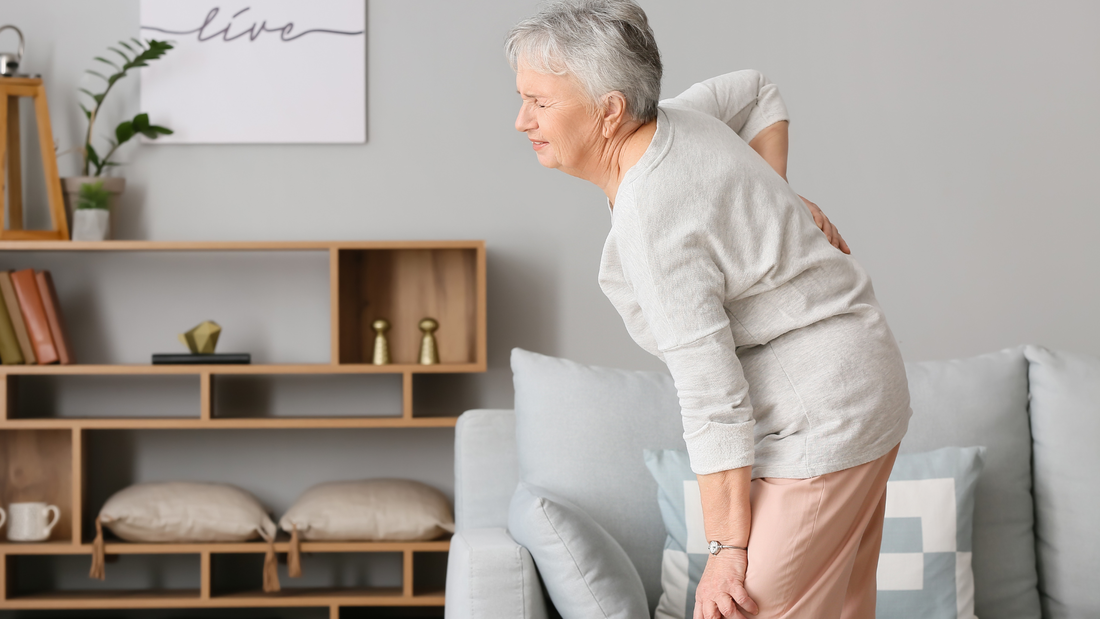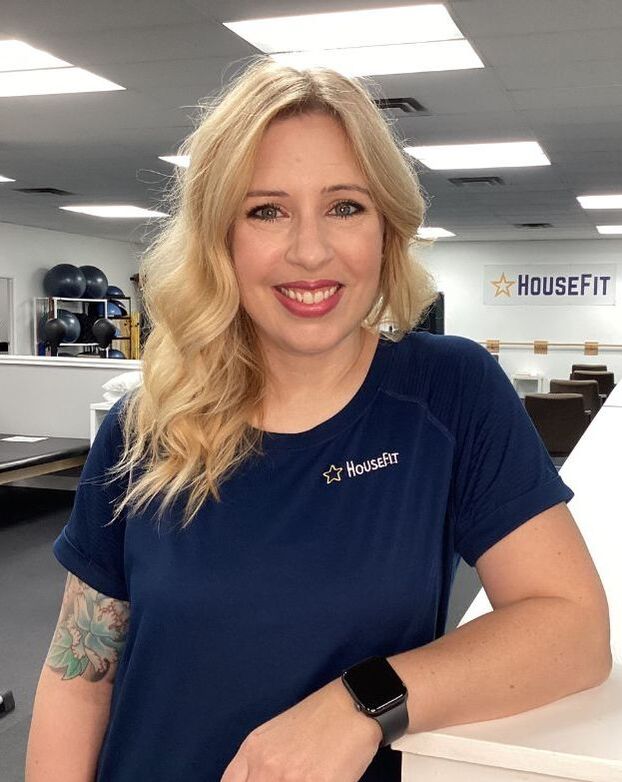|
By: Dr. Beth Templin One of the many great quotes from Joseph Pilates is "If your spine is inflexibly stiff at 30, you are old. If it is completely flexible at 60, you are young." I would agree 100% that how flexible you are in your spine has a direct influence on your strength, balance, pain, and independence with aging. When we look at your spine, it is broken down into 3 distinct areas: cervical spine, thoracic spine, and lumbar spine. Each of these areas are built for a different function, usually focusing on a combination of flexibility and stability to allow for movement and support of the body. The spine also acts to protect the spinal cord and nerves, as they exit the spine and head out to the rest of the body. Starting at the top, your cervical spine runs from the base of your skull to the top of your rib cage. Your cervical makes up your neck and allows for motion in 6 main directions: looking up and down, looking left and right, and tilting your head to the left and right. These movements are often combined during our daily lives. Your cervical spine is also responsible for supporting the weight of your head. Your thoracic spine runs the length of, and attaches to, your rib cage. You have similar movements that can occur in the thoracic spine: bending forward and backward, twisting to the left and right, and bending sideways. Because your thoracic spine is attached to the ribs, it has less motion available than your cervical spine. Your lumbar spine runs from the bottom of your ribs, down to your sacrum. This allows for the most motion with bending forward or backwards, and for the least amount of motion with twisting. This is why twisting through your low back can lead to injury. In order to maintain a healthy and "young" spine, it is important to make sure you maintain good flexibility and strength in all 3 parts of the spine and in all directions available. With aging we see some common limitations that lead to pain and as a result, a loss of independence. In the neck, we see decreased ability to turn the head left and right, due to poor alignment (think forward head) and stiffness. This makes it more difficult to look over your shoulder while driving, turning your head while walking, decreasing your balance, and leading to neck pain. In the thoracic spine, people experience increased stiffness in their rib cage, which can limit mobility in this area. An inflexible ribcage leads to increased pressure on your heart and lungs. It also limits your ability to twist through your back, as most of your twisting motion is through this area. In the low back, or lumbar spine, we see an increased incidence of pain and difficulty bending. This is due to the shortening of the disc height, which can lead to stiffness as well. We know that motion is lotion, and by regularly using these motions, we are better able to keep them intact for longer. Think of your spine as a group of interconnected links. When one area is over-stiff, the adjoining areas sometimes become hypermobile to compensate. This is where many pain issues arise. Most of the time the stiffness simply comes from lack of regular movement. It's the old "use it or lose it" principle. Luckily, the majority of exercises intended to work on improving your flexibility can also help to improve your strength as well. -💗 Dr. Beth Check out Dr. Kim's Exercise of the Month for an exercise that will focus on improving the flexibility in your cervical and thoracic spine. Comments are closed.
|
AUTHORDr. Beth helps adults 55+ maximize their independence and fitness, so they can continue to enjoy a full and active life. Archives
July 2024
Categories
All
|




 RSS Feed
RSS Feed
